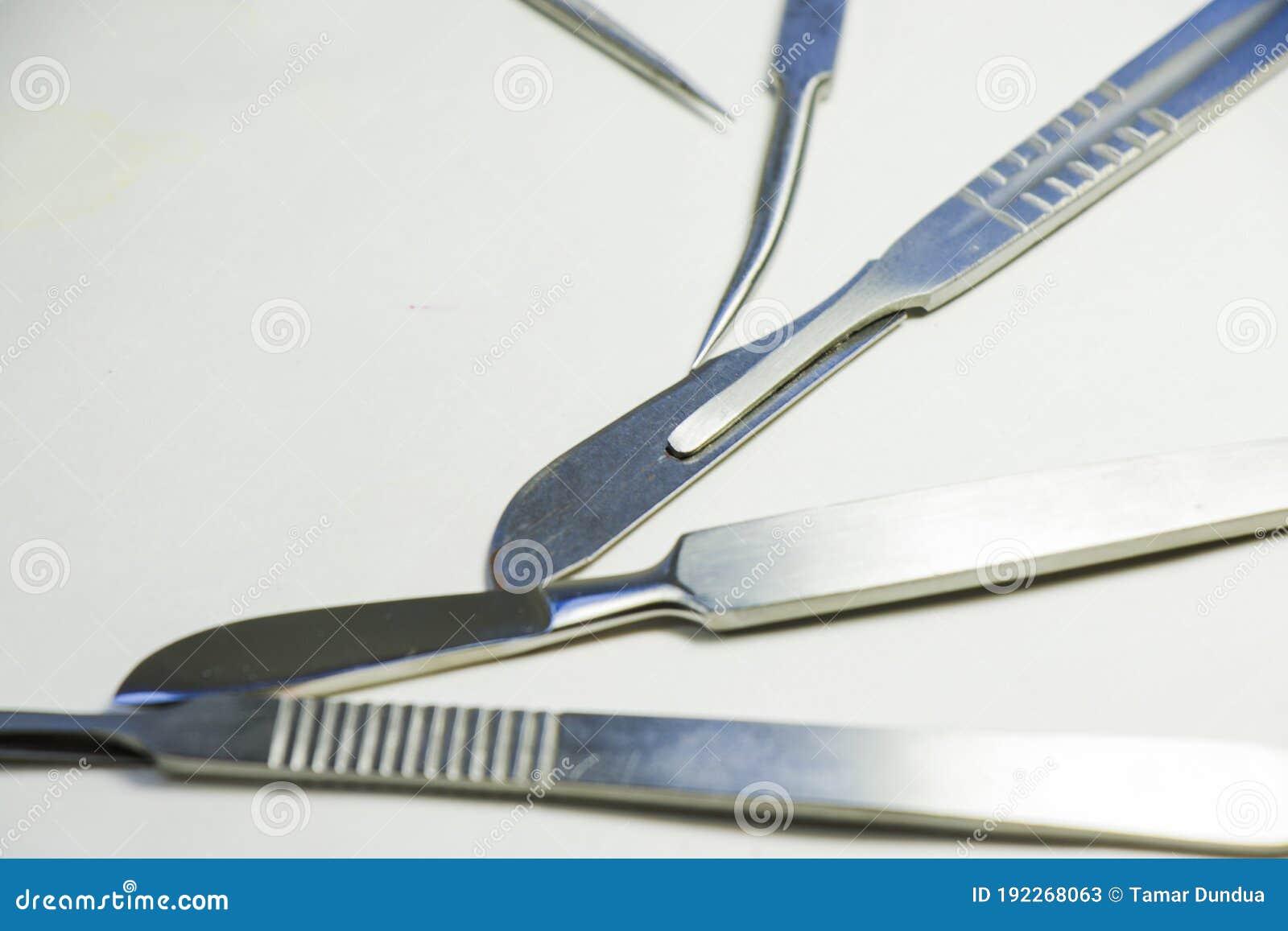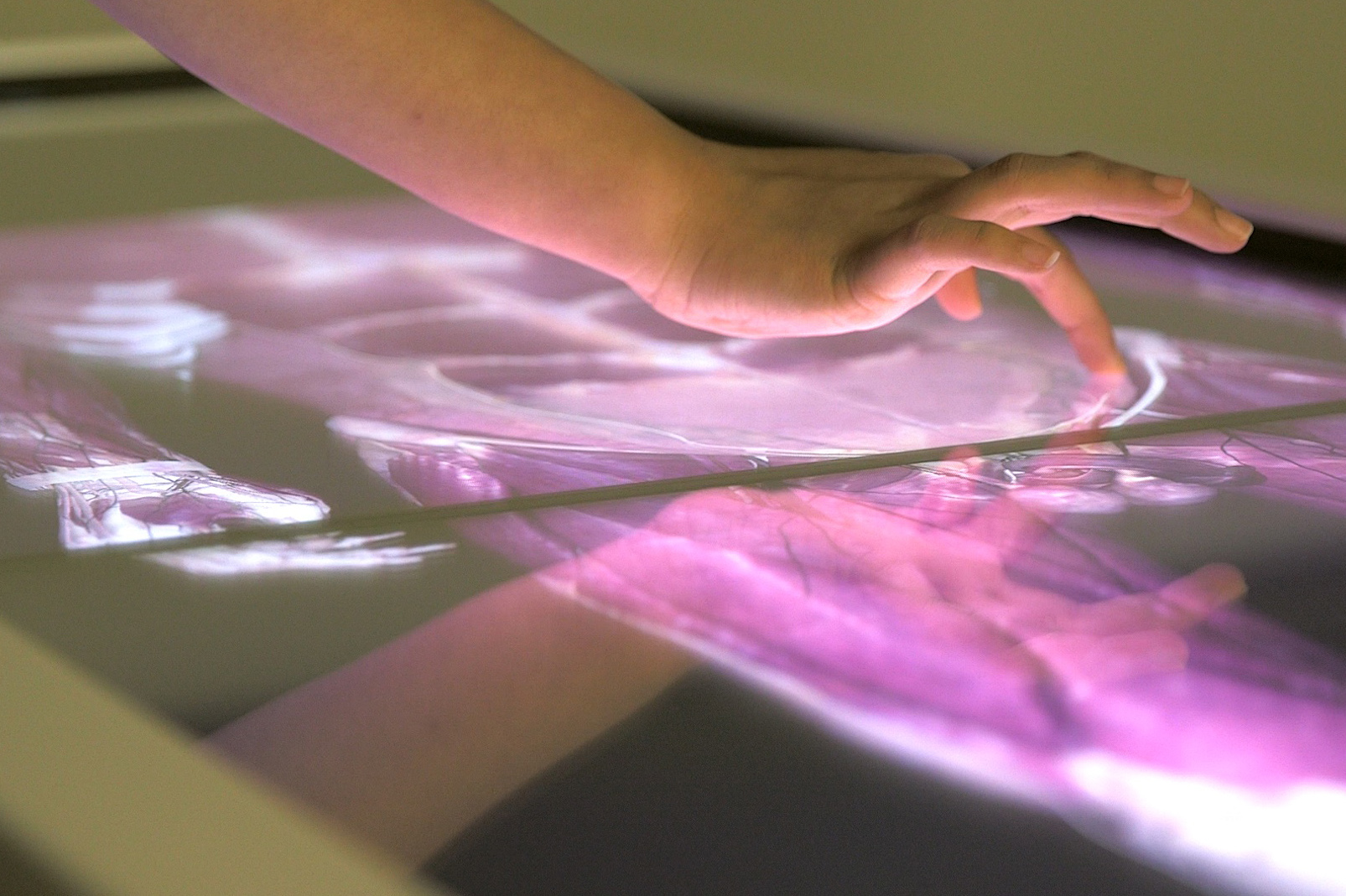
running within) and is a point of firm attachment to the dorsal body wall, however the small intestines are still relatively mobile. The root of the mesentery is at the center of these mesenteries (and has the cranial mesenteric a. The mesoduodenum, mesojejunum, mesoileum, and mesocolon are mesenteries wrapping the duodenum, jejunum, ileum, and colon, respectively.


extending from the tuber coxae to the costal arch. It is a triangular depression bounded by lumbar transverse processes and the epaxial muscle dorsal to the processes, the last rib, and an oblique muscular thickening of the internal abdominal oblique m.
Gross anatomy dissection video tools free#
1, External abdominal oblique, muscular part 2, aponeurotic parts of 1, 5, and 7 2′ and 2″, pelvic and abdominal tendons of aponeurotic part, respectively 3, superficial inguinal ring 4, attachment of pelvic tendon of external oblique aponeurosis on iliopsoas and sartorius (“inguinal ligament”) 5, internal abdominal oblique, muscular part 5′, free caudal border forming the cranial margin of the deep inguinal ring 6, iliopsoas, partly enclosed by iliac fascia 7, transversus abdominis, muscular part 8, rectus abdominis 8′, tendinous inscriptions. 21.1 The abdominal muscles and their skeletal attachments in equine. The middle muscular layer of the abdominal wall are the internal abdominal oblique mm., while the deepest are the transversus abdominis mm.įIG.The prepubic tendon is the connective tissue insertion of the abdominal muscles onto the public bones. are bilateral muscles running along the ventral midline of the abdomen and insert on the pubis via the prepubic tendon. The tunica flava abdominis is a pale yellow elastic sheet of deep fascia covering this muscle. The abdominal wall is mostly muscular and tendinous and includes the external abdominal oblique mm., the outermost muscular layer.

Embalmed Equine Abdominal Viscera (21:39)Ī6.1 Identify and describe the structures and organs of the abdomen in equine describe the normal topography of the abdomen and localize the related internal and external structures and organs.Veterinary Gross Anatomy Ungulate Dissection (Abdomen Labs 11-14).Related Supplemental Large Animal Surgery links: LAS Colic pathophysiology LAS Gastric lesions LAS Impactions – Cecal, Colon and Small Colon LAS Impactions – stomach and small intestine.Strangulating and Non-strangulating Obstructions (small intestine, small/descending colon) (Supplemental Clinical LAS Colic pathophysiology).Associated Clinician topics: (The most relevant objectives: A6.3, A6.4, A6.5).NOTE: Application and dissection terms are bolded, Clinical Notes are bold red in this eBook


 0 kommentar(er)
0 kommentar(er)
